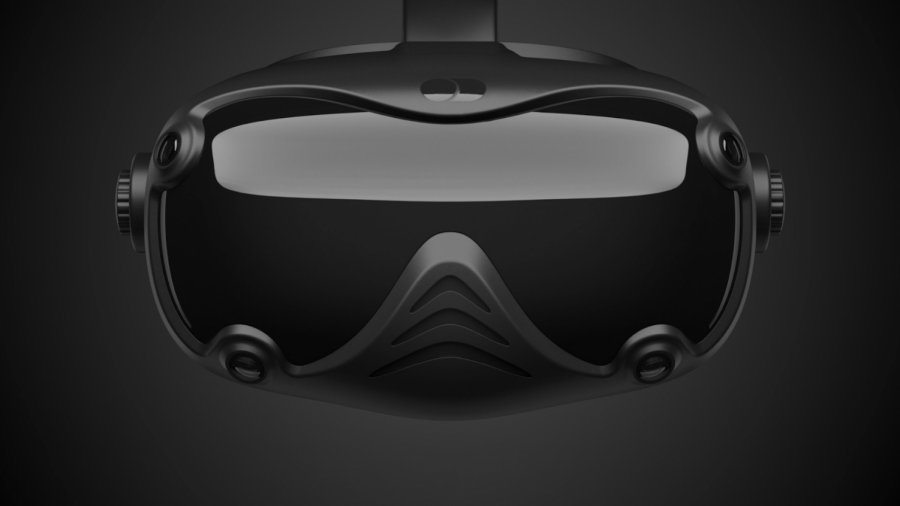DecaGear: more VR tracking at a lower cost
Front-facing image of the new headset
Megadodo Simulation Games recently revealed their new DecaGear, a Virtual Reality headset with a 4k display, face tracking, finger tracking, and hip tracking, set to launch in March for just $450. Is this too good to be true. or could it be a technological breakthrough?
In early October of this year, the small team from Singapore known as Megadodo Simulation Games announced their new industry-leading, yet affordable, VR headset. The company also provided an option to submit a preorder deposit of ten dollars, allowing consumers to fully purchase the headset once it is available for shipment. This has led many people to become suspicious, as the company could easily take everyone’s money and go off-the-grid when the product is claimed to be shipping.
Considering the current price tag of the Valve Index, the current most popular VR headset, which supports finger tracking and is sitting around $999, the idea of including a higher resolution display, hand, face, and hip tracking for just over half the price can be seen as a blatant red flag.
A spokesperson from Valve, the company behind the hugely popular gaming storefront Steam, said in an email, “While we did not work with DECA on the design, we did – as we always always aim to – provide technical support on SteamVR integration, etc. We’re excited to try this headset when it becomes available”. This does somewhat prove the legitimacy of the Decagear.
Along with the skepticism of many virtual reality fans, there is also a large amount of excitement for the Decagear headset. Megadodo claims that the headset will have hip tracking, finger tracking, and full face tracking, built for social VR experiences. All of this at the relatively low cost of $450 USD is incredibly promising, and an interview by VR tech reporter Sebastian Ang with Megadodo CEO Or Kuntzman and director Oded Daniel by Sebastian Ang, the question was asked of how the price can be kept so low.
“The smaller the company… the cheaper the [research and development] cost… For instance, screens… people think that they are extremely expensive… they are not that expensive… A screen costs today… around 20 [USD] dollars,” claimed Daniel.









